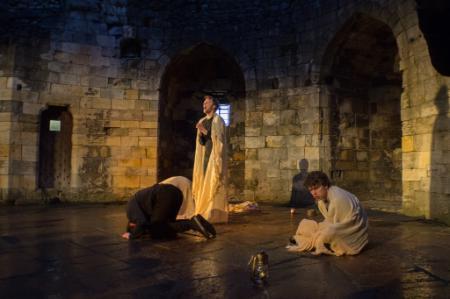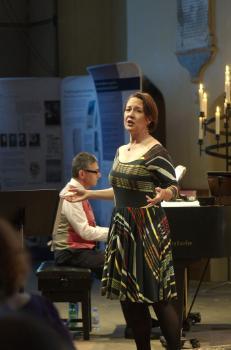November 2014 - March 2018
Performing the Jewish Archive
When do artists use creative works to represent the rupture of displacement, and when do music, theatre and literature create continuity with their former lives, or a bridge between the old life and the new?

The manifold catastrophes of the 20th century have torn holes in the cultural fabric of Europe. This project's overarching objective is to re-knit certain threads across those gaps by bringing recently rediscovered musical, theatrical and literary works by Jewish artists back to the attention of scholars and the public. At our five international performance festivals—in the US, the UK, the Czech Republic, Australia and South Africa—and at many other performance events, we have staged reconstructions and reimaginings of these rediscovered works and new works inspired by them.
The thirteen researchers in our international, interdisciplinary team are all motivated by a desire to recover and engage anew with artefacts from the Jewish archive, to stimulate the creation of new works, and to challenge the very essence of what archives are and what they mean in today’s society.

Focusing on the period c.1880-c.1950, the most intense period of Jewish displacement in the modern era, our case studies include recently recovered theatrical manuscripts from the Terezin Ghetto near Prague, musical works from Eastern Europe uncovered in private collections in Australia, South Africa and England, and literary accounts of survivor experiences written immediately after the Holocaust.
Via these case studies of Jewish artistic creation in diverse situations of internment, exile or migration, we will illuminate more broadly the role of art in one of the paradigmatic experiences of the modern age: displacement. When do artists use creative works to represent the rupture of displacement, and when do music, theatre and literature create continuity with their former lives, or a bridge between the old life and the new?
Find out more about the Performin the Jewish Archive project here or browse the Jewish Archive Collection here.
